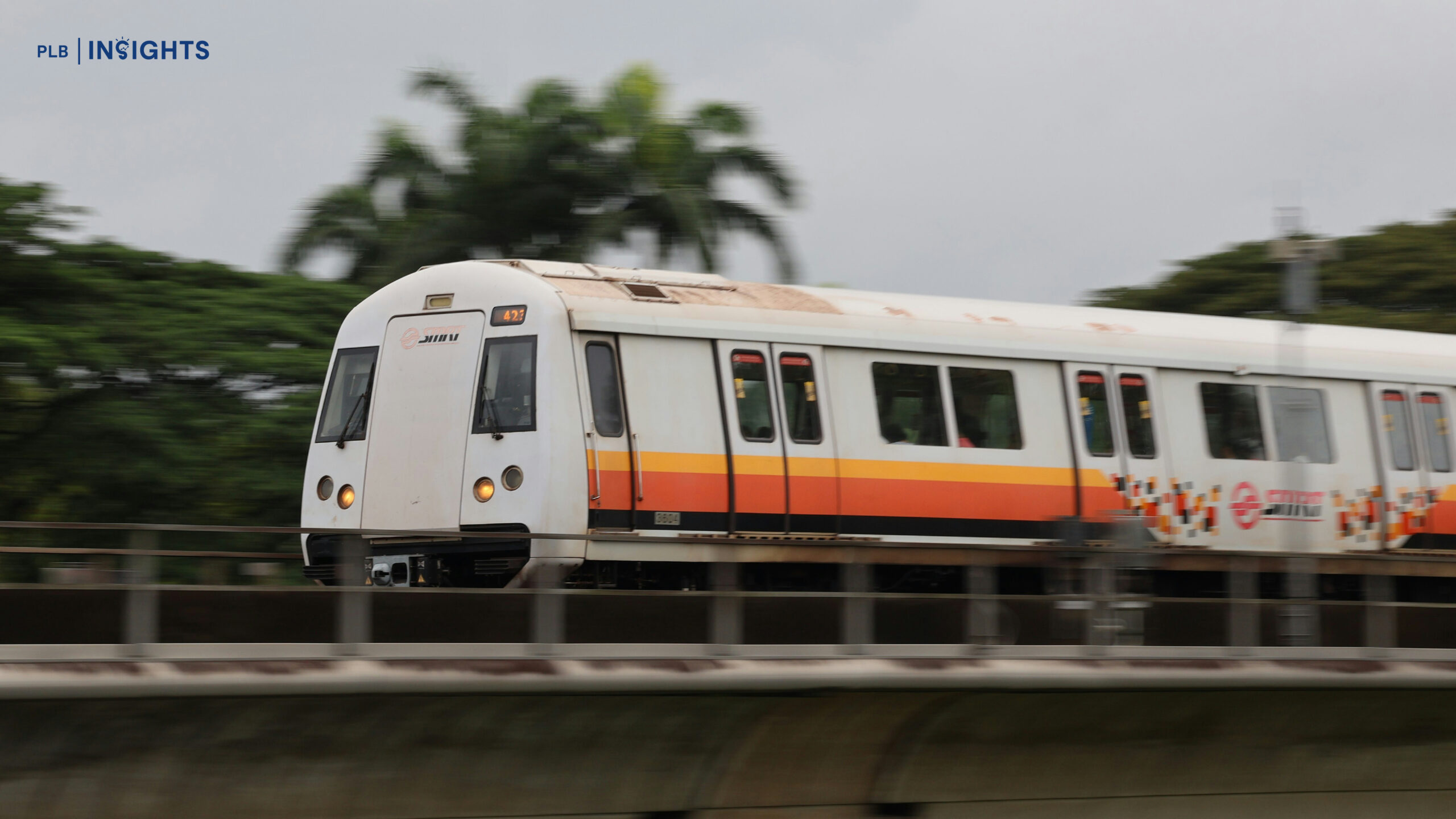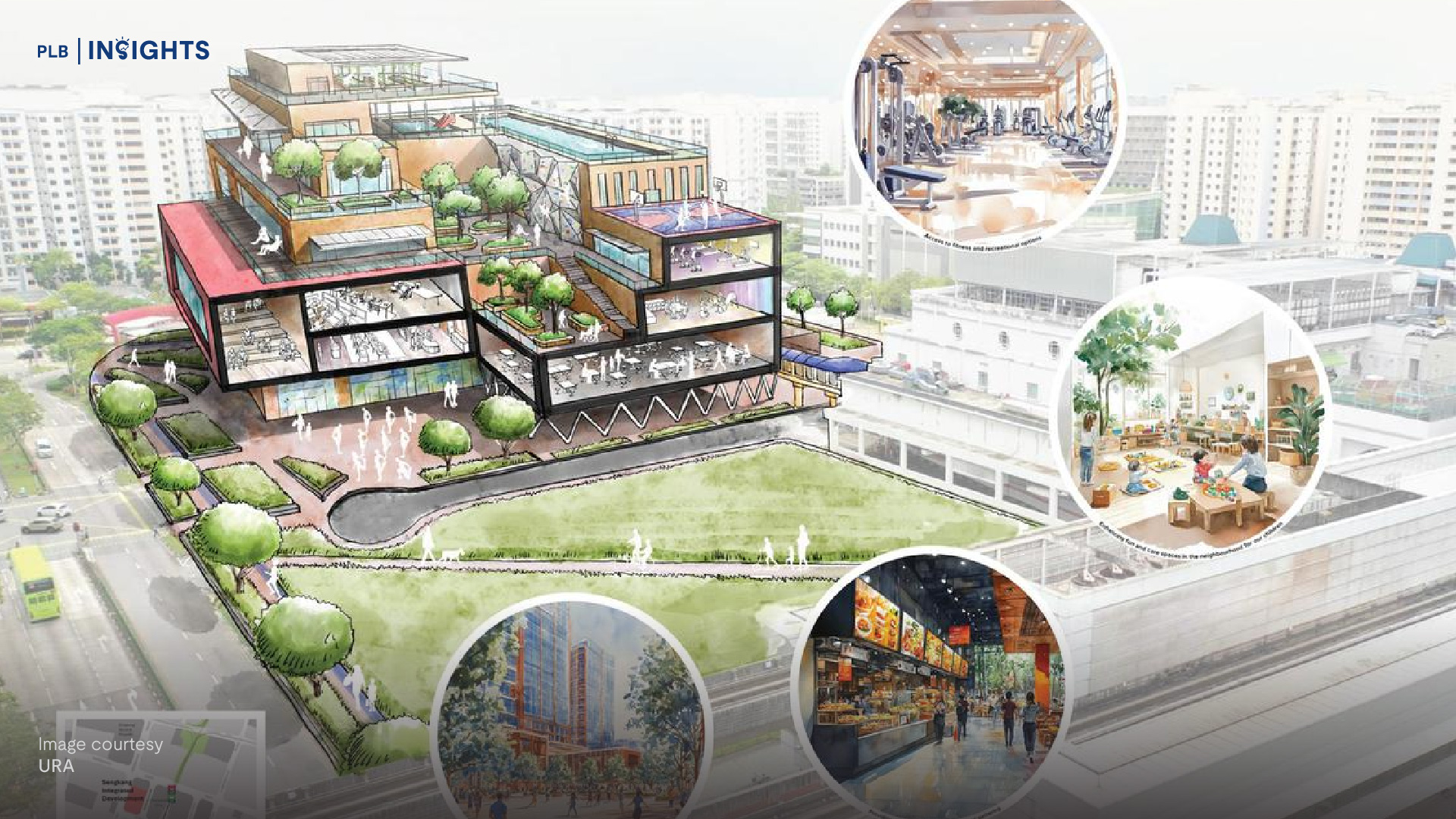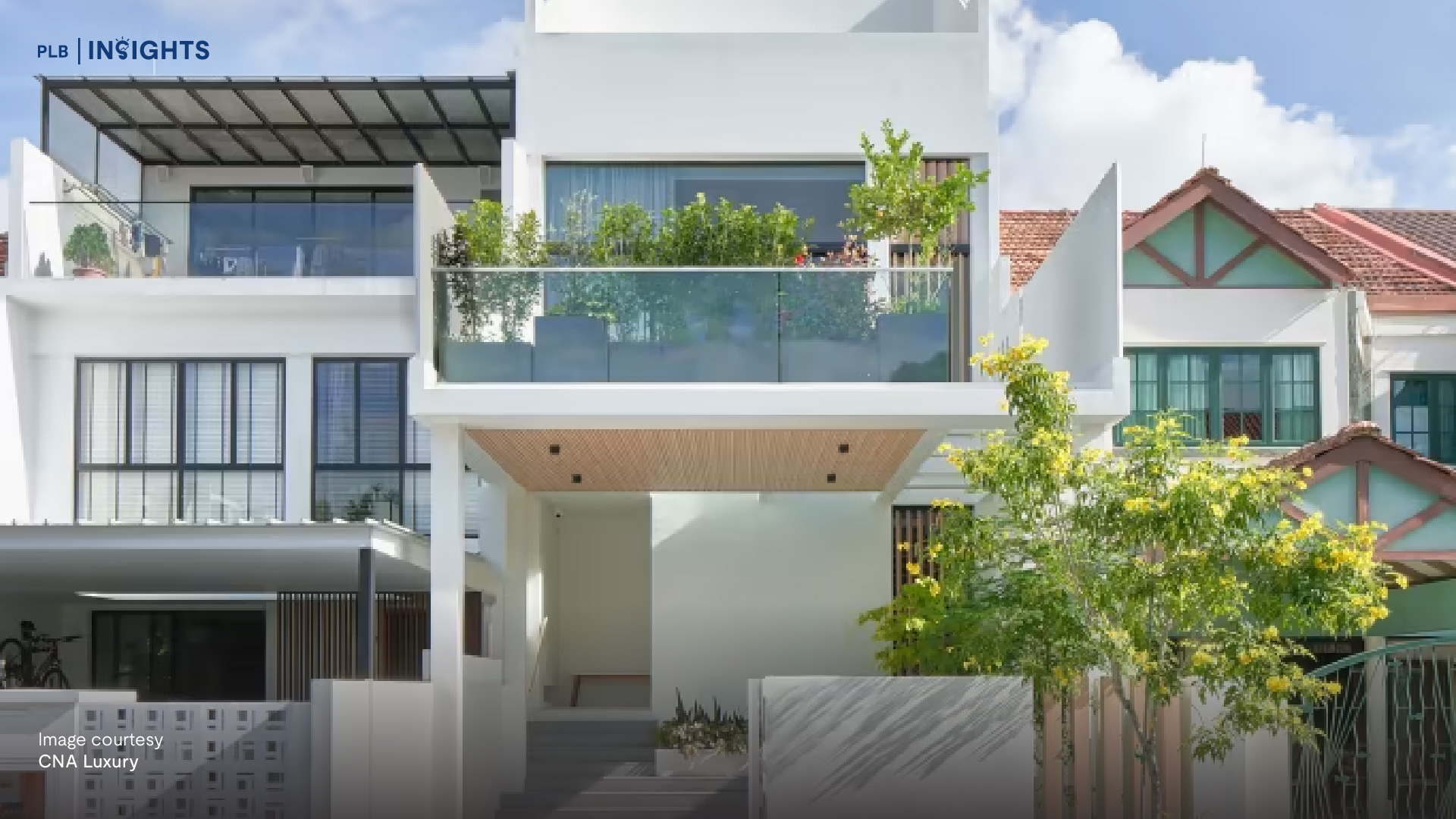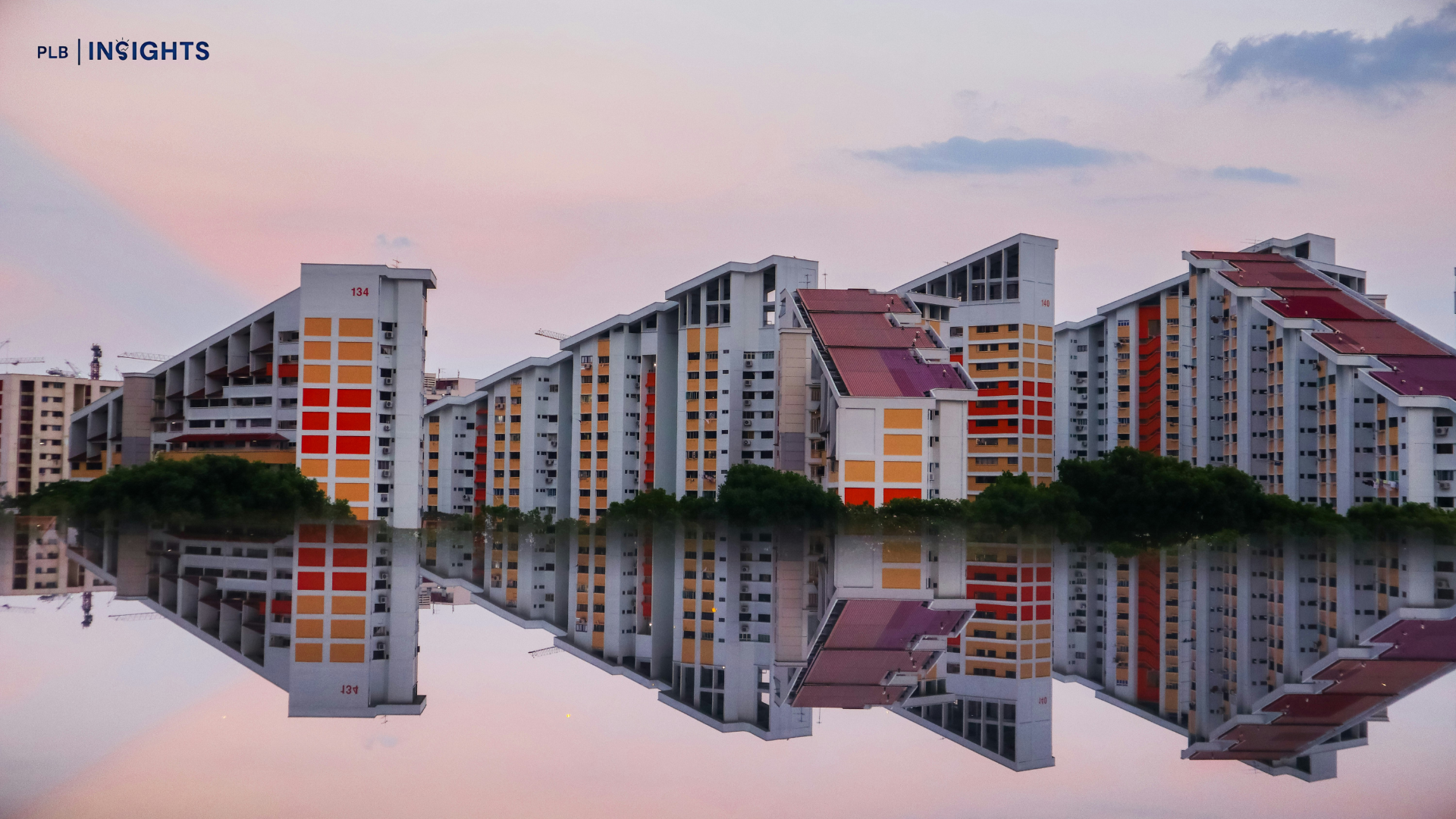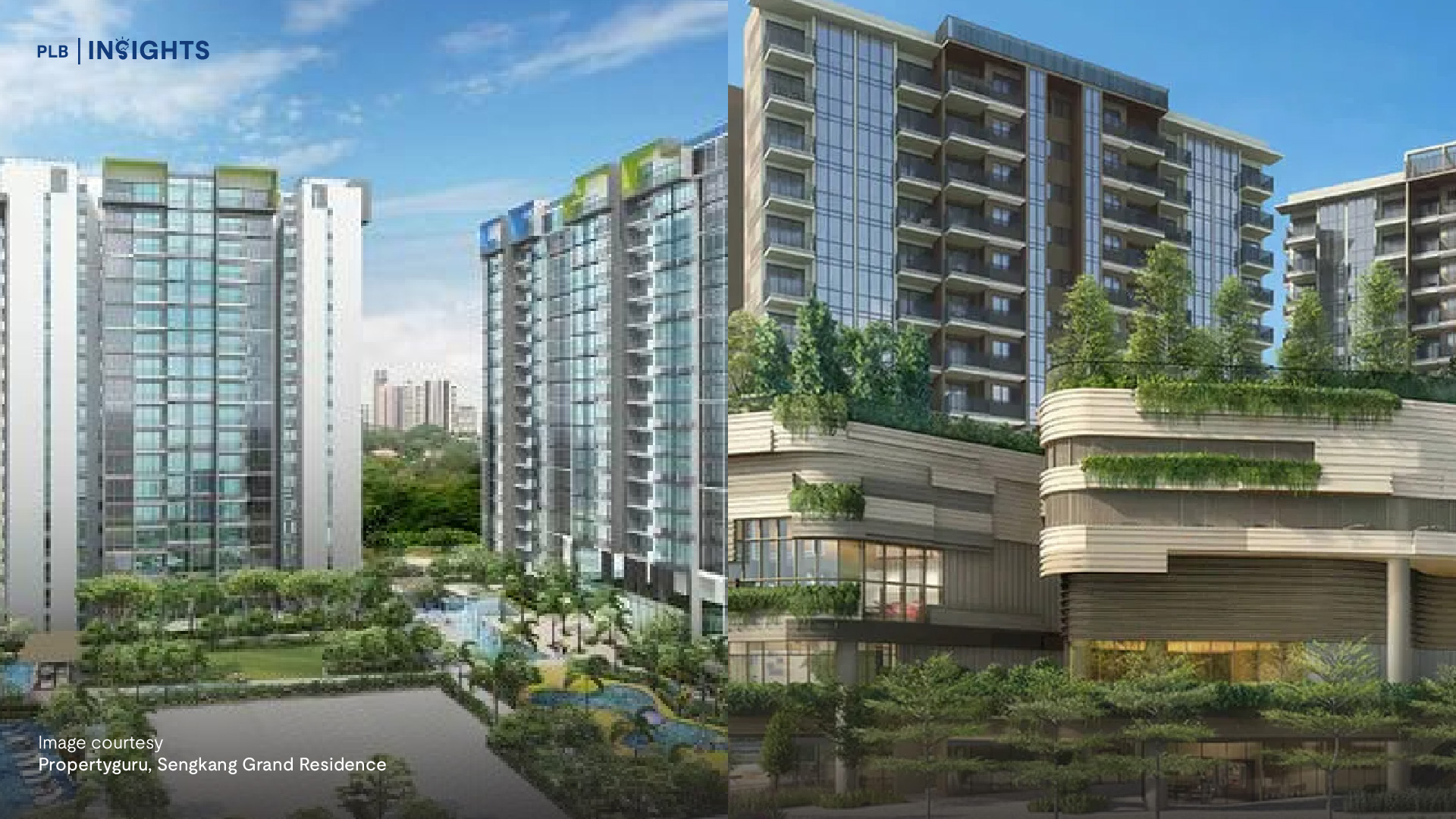
As Singapore continues to mature as an independent nation, it becomes increasingly important to remember where we came from. Unity is not something that is taken for granted in Singapore. A multiracial, multicultural country such as ours needs to be extra vigilant to make sure that society is proactively inclusive. Mutual respect and understanding for different cultures is a crucial aspect of building a common identity.
Integrating plans to preserve Singapore’s identity and heritage into URA’s Long Term Plan is a step towards building a more unified nation (literally). How spaces are designed across Singapore affects how we think of them, how we use them, and how we relate to other people. Just think of how migrant workers during Singapore’s colonial era were segregated into quarters by race. Relations between peoples of different cultures weren’t exactly the best then. Tensions reached their peak during the riots of 1964.
The Singapore of today is very different. We have come a long way since independence and will continue to strive for even better. How will Singapore continue to cherish its Singaporean identity and heritage as the cityscape on our island evolves? In this article, we will cover URA’s Long Term Plan for cherishing our past, confirming our present identity, and progressing with strength into the future. We highlight five quick points from URA that tell us how they are planning to cherish Singapore’s identity and heritage.
#1 Identity Corridors
Identity Corridors in Singapore are pathways that connect from distinctive areas outside of the central region to Singapore’s city centre. These corridors hold a particular identity that resonates with its history or with the neighbourhoods it incorporates. The corridors itself is not just for show. Nor is it just a gimmick to make certain areas stand out more. One of the prime focuses of the Identity Corridors is to improve the mobility networks along the corridors. This means more walking and cycling paths to allow people to experience these spaces candidly.
So far, URA has introduced five Identity Corridors in their recent Long Term Review. The Rail Corridor, Thomson-Kallang Corridor, Inner Ring, Southern Ridges and Coast, Historic East. The areas along these corridors are already familiar places to Singapore residents. Having them along Identity Corridors neatly ties them together. With an easier way to walk and cycle between these locations, residents can have a more convenient and structured way of experiencing what these areas have to offer.

People who love the outdoors or having some family time whilst exercising might have already experienced part of the Rail Corridor for themselves. While it is not entirely completed yet, the Rail Corridor will eventually connect Woodlands to the City Centre, much like how the old rail system did. If you have not already tried, head down to Bukit Timah Railway Station and go through the scenic route south towards the city centre! It will definitely be worth the trip.
Foodies will be very familiar with the foodspaces along Singapore’s Historic East. This Identity Corridor holds many of Singapore’s Shophouses. We frequently cover them in some of our articles. Shophouses are unique places that hold Singapore’s colonial history and heritage. But more importantly, areas like Katong are probably what residents are looking for. Filled with cafes, restaurants, and a host of local foods, travellers will definitely not starve while exploring this Identity Corridor.
There are multiple ways to enjoy Singapore’s islandscape. These Identity Corridors will give residents even more options to enjoy the space that they are living in. Having more mobility for walkers and cyclists to enjoy the outdoors also means a more healthy Singapore for all. With a comprehensive MRT and bus system to back it, these Identity Corridors will make a perfect drop-in drop-out system for people to experience whichever part of the corridor they like more seamlessly and comfortably.
#2 Public Spaces for All
Ever find yourself short of a place to study, chill, or simply enjoy your coffee? The URA plans to have more public spaces for all to enjoy. City planners of Singapore are well aware that a crowded and overpopulated city will feel claustrophobic and unpleasant. People need more space. And more space they will get. To help people breathe and ease into the city scape, more public spaces will be opened up near the icons of Singapore’s cityscape.

Icons such as the Esplanade, Victoria Concert Hall, Paya Lebar Quarters, are all examples of how public spaces can be used to liven up the city and people’s daily routines. How does this relate to cherishing our identity and heritage you say? Well, for people to relate to Singapore, its identity and heritage, they must first feel like they belong. And in order for that to happen, residents need more space to interact with one another, and to make meaningful connections and memories. Without such positive experiences, it makes it a lot more difficult for people to feel like there’s space for them to belong to.

Both private (commercial areas like malls) and public spaces (government-owned) alike will provide more space for people to gather and make merry. Open spaces will be activated for public use and won’t be as idle as before. This will help make the city feel less cramped, with more space for people to use when they’re out and about.
#3 Pilot Business Improvement District
The URA doesn’t plan on doing everything on their own. Part of having an effective plan is to involve and engage as many stakeholders as you can. The Pilot Business Improvement District (BID) involves businesses in the precinct to take the lead in rejuvenating the space. Organised and funded by businesses, the BID gives the private sector a shot at creating a more lively cityscape.
The BID has been around for some time in fact. The Singapore River BID is one of the first of its kind. Formed in April 2017, the group includes businesses along Boat Quay, Clarke Quay, and Robertson Quay. You might not have heard of this group, but they are in fact the masterminds behind some of the events and activities in that area. You might have heard of the Singapore River Festival or the St Patrick’s Day Street Festival in the area. These are organised and implemented by the Singapore River BID.

Across Singapore, there are 10 pilot BIDs. China Place, City Hall, Jurong Gateway, Kampong Glam, Marina Bay, Marina Central, Paya Lebar, Raffles Place, Singapore River, Tanjong Pagar, are all the key districts under the pilot BID. Overall, some of these BIDs have been successful in helping businesses in the area increase their footfall.
Helping businesses form such alliances are an important way in shaping the identity of the locale. Various BIDs across Singapore would benefit from businesses working together to shape not just the goods and services offered in the area but also the shared identity of the location. Through marketing, events, and the cooperation of businesses, residents have more opportunities to enjoy themselves across unique locales in Singapore.
#4 Educating & Engaging the Public
Things like identity and heritage don’t come naturally to residents. This isn’t exactly a topic taught in school, nor is it something that we actively talk about at work or with friends and family. In order to explicitly express a shared identity and heritage, people need to be educated and engaged first with their shared space and history together. Before they are able to identify with what Singapore says it is, people need to know how and why it is that they belong together.
Educating a populace and keeping them engaged on such an abstract topic is not an easy task. Much like the Business Improvement Districts, educating the public on the Identity of specific areas and Singapore’s heritage requires the URA to work with multiple stakeholders in order to be effective. By partnering with educational institutions, museums, galleries, the National Library Board, and the National Heritage Board, URA is better able to educate the masses on the rich history and heritage that we have here in Singapore.
URA has been hard at work on this initiative for a long time. You can find videos on their YouTube channel from the Architectural Heritage Awards on the histories and conservations of buildings across the country. You can also find the Story Maps of notable places on the NLB website here. NUS also has a virtual tour of heritage shophouses here. CityStories looks at how these shophouses change over time through snippets of pictures across time. Roots is another good government initiative that uncovers the past of certain neighbourhoods with an interactive and engaging website. These initiatives are just some of the examples of how members of the public have gradually been exposed to the stories of places all over the island.
#5 Partnering Communities Across Singapore
The URA isn’t only working with businesses and institutions, it also works with communities. Partnering communities across Singapore helps URA to connect with the ground. It also gives the community a voice and a more proactive role in shaping the place. The Kampong Gelam Alliance and the Friends of Ubin are two of such communities.
Moving forward, there are many places of interest and identity nodes across Singapore that require residents to share their experiences and knowledge of the history of the neighbourhood or locales. Sourcing for knowledge from the ground up is a great way to build an oral history of the Singaporean communities, and make for a more connected and lively populace.
With more partnerships and community engagements in its sights, the URA might be looking for more communities across Singapore’s five Identity Corridors to solidify these areas with the rich history that they hold, waiting to be uncovered by people like you and me.
Closing Thoughts
The URA has many ways in which it plans to help Singapore residents cherish our identity and heritage. The concept of Identity Corridors would be interesting in the future developments of Singapore. Residents can look forward to more public spaces, improved business districts and city life, more forms of education and engagement on Singapore’s heritage and identity, and ground up initiatives from communities all over the island.
If you like what we have written on the URA Long Term Plan Series, check out our other articles on living, working, well-being, and mobility of the long term city planning outlooks of Singapore. And if you’re wondering how these changes in the future might affect your property journey, reach out to us here to chat more about how they can be a boon to your plans.


